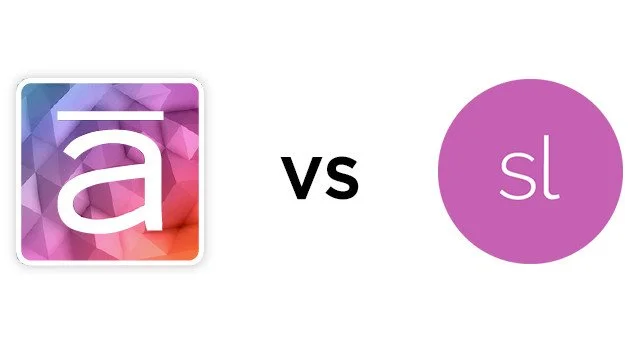Do I know all the right tools?
I couldn’t help but wonder…?
Anyone who has known me for a while knows that I love “Sex And The City”. I’ve re-watched it a million and a half times. And, as I sit and write this newsletter, I am watching the episode in which Stanford goes on an “internet date” with a chat buddy.
You might be wondering what this has to do with today’s newsletter, but you will recognise the irony soon enough when I tell you the name of his online buddy…Big Tool 4 U. insert gasp! And also lots of laughter. I think this episode is so funny.
So as I watched the episode, I thought…why not weave my love of SATC into design tools!
And for those of you who want to know, it’s Season 2, Episode 12, titled “La Douleur Exquise”.
Okay, okay…let’s dig into that toolbox!
In this edition of "The Saturday Designers Club", I will discuss design tools. More specifically, I will chat a bit more about commonly used tools, the ones I think are good to know and learn as a beginner designer.
In this newsletter I want to simply introduce these tools, provide an overview of what they are and why it’s important to learn how to use them. In the newsletters to follow I will go into more detail about each of the design tools, and we’ll do some exercises to practice.
“Oh it’s fine! Go on a little naughty adventure”
I find it really funny that I am watching this episode right now. What’s also interesting is that the internet is a relatively “new” thing, and online dating is truly in its infancy.
And just like that…(see what I did there?) it transports me back to 2012 and I just started with a tool that is new to me, called, Adobe Captivate.
Much like Stanford was confused about online dating, I was similarly confused about which design tools I would be required to know as a learning designer. Whether or not Captivate was the right one. Should I be using PowToons? It was all just too much.
After all the confusion, I’ve narrowed them down to five.
“Oh it’s fine! Go on a little naughty adventure”
I find it really funny that I am watching this episode right now. What’s also interesting is that the internet is a relatively “new” thing, and online dating is truly in its infancy.
And just like that…(see what I did there?) it transports me back to 2012 and I just started with a tool that is new to me, called, Adobe Captivate.
Much like Stanford was confused about online dating, I was similarly confused about which design tools I would be required to know as a learning designer. Whether or not Captivate was the right one. Should I be using PowToons? It was all just too much.
After all the confusion, I’ve narrowed them down to four:
Storyline
RISE
Google Slides
Canva
PS. Also know that these are not the only design tools out there. There are so many brilliant tools out there, like your pencil and paper (thanks Niels Floor for the reminder).
I will write about more tools in future newsletters. If you would like to make any suggestions, do feel free to reach out to me.
RISE
RISE is one of those authoring tools that is really easy to use, all you need is a web browser. I have an affinity toward responsive design, and RISE is perfect for that. You can create online learning solutions for a tablet, phone or laptop.
It is great for quickly structuring your courses, and also make use of its interactive elements.
I’ve used RISE to create learning solutions for job applications and “workplace assessments”.
And…I still use RISE to create online learning currently.
Storyline
Storyline is another authoring tool on the Articulate 360 platform. It is a tool that you will need to learn to use, and requires practice. Once you know how to use it, you can create incredible custom learning experiences.
I love inclusive design, and Storyline has great accessibility features.
I’ve used Storyline to create interactive and effective online learning, and even some job applications that required some “sample” learning.
I don’t use Storyline as often as I used to, but I always make sure to keep up with what is going on via e-learning heroes (more on that later)
Google Slides
Google Slides is another tool that I use to create learning. The Google Suite is something most corporate’s I’ve worked at use, and it’s a useful one for creating learning if you don’t have an authoring tool.
I’ve used Google Slides to create many learning solutions, presentations and even job aids.
I still use Google Slides every day.
Canva
I started using Canva a few years ago, and it’s become one of my go-to tools. It’s free but also has a PRO version. They have amazing templates, I absolutely love it.
I’ve used Canva to create lots of infographics, LinkedIn banners, and even my resume.
But in the end…really…the choice of tool is yours.
Just like Stanford aka Rick 9 Plus, decided to meet with Big Tool 4U, the tool/s you choose to use is your decision.
Sometimes you click and they work out great, and other times, not so much.
But just like online dating, getting used to the tool takes some practice.
Now that I have shared some design tools with you all, in the upcoming issues, I will talk about these tools in much greater detail. I would also like to get to a point where I can create practical exercises that will help you learn to use the tools.
See you next Saturday



